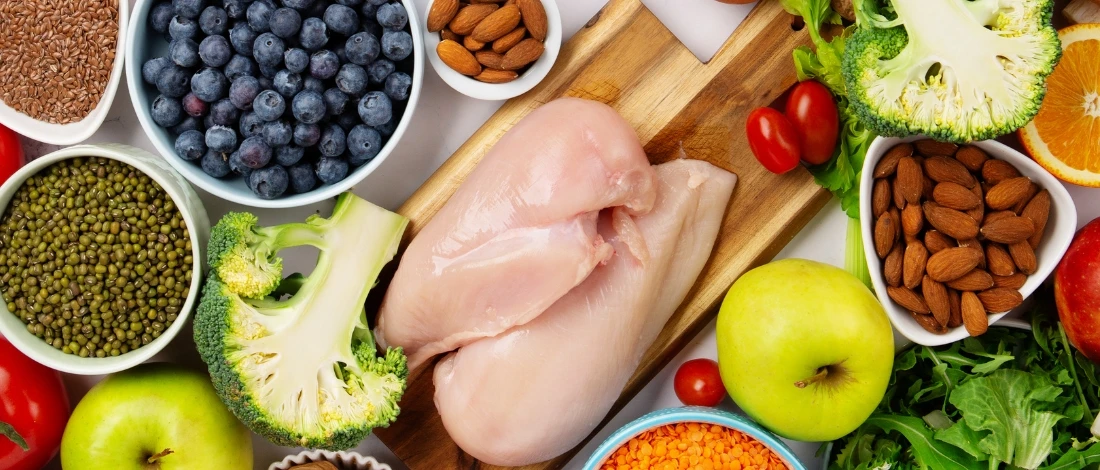Americans Are Eating Less Meat—and More Meat: Unpacking the Paradox
The United States is witnessing a curious divergence in meat consumption habits. While some households are scaling back their meat purchases, the majority are buying more than ever.
According to a study by economists Zach Freitas-Groff, Trevor Woolley, and Carl Meyer, meat consumption in grocery purchases increased significantly between 2005 and 2020, even as a growing minority avoided meat entirely.
A Nation of Meat Eaters, With Exceptions
On average, Americans consume a staggering 224 pounds of red meat and poultry annually, alongside substantial dairy and egg intake.
Yet, the share of households avoiding meat grew modestly—from 4.1% in 2005 to 4.6% in 2020. Similarly, the percentage of households abstaining from all animal products doubled, albeit from a minuscule 0.5% to 1%.
While these shifts are encouraging for proponents of plant-based diets, the increase pales in comparison to the 15% rise in meat purchases among other households.
“The increase in meat avoiders is promising, but over 15 years, the increase appears very modest,” noted Joshua Tasoff, an economics professor not involved in the study.
Influences Behind the Trends
Several factors shape this evolving landscape. Rising meat prices and a shift toward dining out have driven some to reduce meat purchases, while younger generations—who are more likely to adopt plant-based lifestyles—now account for a larger share of households.
Households led by individuals born after 1980 are 50% more likely to avoid meat than their predecessors.
Media coverage of factory farming and the rise of plant-based alternatives like Beyond Meat have likely contributed to changing attitudes, though their impact remains limited.
The study found that plant-based meats had no significant effect on reducing animal meat sales during the study period, though plant-based milks successfully displaced dairy.
The Role of Price and Policy
The affordability of meat continues to drive its dominance in American diets. Subsidies and deregulation allow producers to externalize costs, keeping prices artificially low.
For instance, if environmental costs were fully accounted for, the price of beef could increase nearly fivefold, according to estimates from the Dutch nonprofit True Price.
Advocates argue that policy changes—like Denmark’s recent tax on livestock emissions—are essential to curbing meat consumption and mitigating its environmental impact.
Without such measures, the growing but modest shift toward plant-based eating may struggle to counterbalance the broader surge in meat consumption.
The study highlights the complex interplay of economic, cultural, and generational factors shaping America’s relationship with meat, offering insights into a future where sustainability may hinge as much on pricing as on personal choice.
Curious about why Americans are eating less meat while buying more? Learn how economic and cultural factors shape these trends on our homepage.






